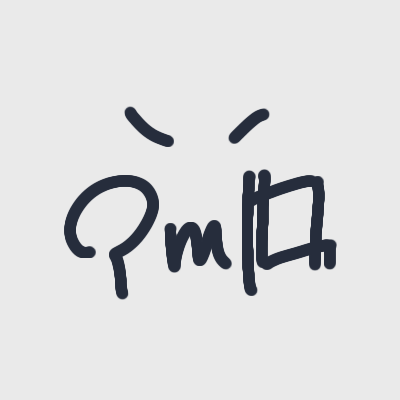General Rules
Unless otherwise noted, the diacritics and special characters used in the transliteration of the languages of Firraksnarre should be pronounced as follows:
Vowels with macron (e.g. ā, ē, etc.) denote long vowels.
Diaræsis marks (used in e.g. ü, ö) denote the fronted or sometimes raised quality of the vowel.
š [ʃ], č [tʃ], ǧ [dʒ].
ṣ [ts]
c [c]
ch [x]
Othba'aran, To'on and other Tiḥebic languages
Stop consonants with lines below (e.g. ḏ [ð]) denote the homorganic fricative counterparts of the unmarked letter.
ḥ [ħ]
Artíjihàk
Acute accent denotes íthí àwa, or the 'sharp vowels'.
Grave accent denotes ennon àwa, or the 'dull vowels'.
Diaræsis denotes not the fronted/raised vowels, but merely a vowel belonging to a separate syllable from the one preceding it.
Old Varokeřim
Vowels with circumflex accent (e.g. â, ê, etc.) denote long vowels.
ġ [ɣ], ř [ʀ].
ḥ [x ~ χ]





Top comments (1)
The pronunciation rules that only apply to specific languages will be given in separate articles.